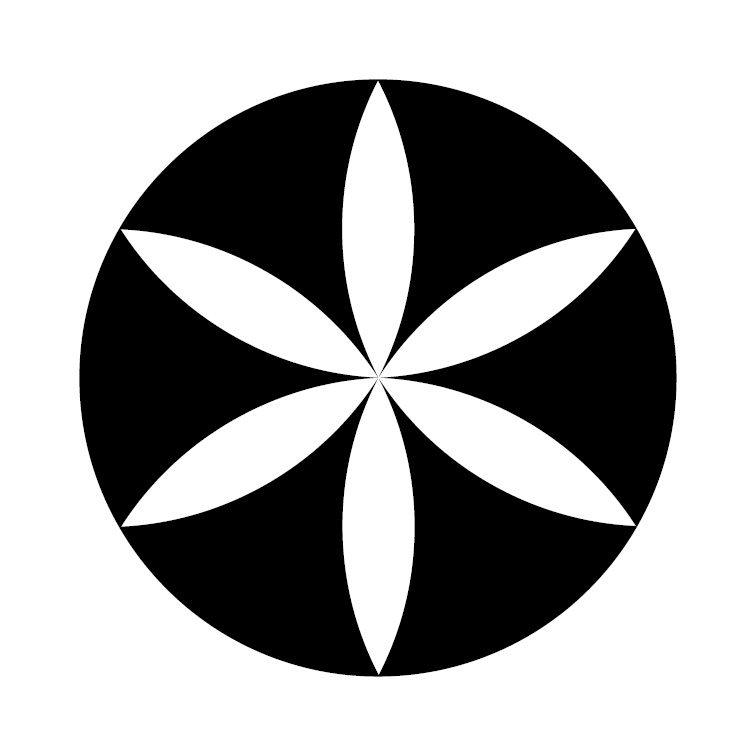In the early half of the 20th century a hat still used to be an inseparable part of everyday as well as festive traditional male clothing. Men used to wear it in summer and winter, at work and on holiday. The most archaic known type of a male hat in Central Spiš is the so-called krisak, or grisak. As a rule, it used to be a felt hat with a turned up brim (grisa/krisa). Such a hat had mainly the function to protect the head against unfavourable weather. Although, men used to stack matches, pipes, tobacco or even flint behind it. When working in the woods or in the meadows, they used to drink water from a spring by means of it. This type of hats ceased to be worn in Central Spiš in the early half of the 20th century, predominantly after the first world war. Wearing such hats had survived at the longest in the mountain villages of the Levoča Hills (e.g. Uloža, Vyšné and Nižné Repaše, Torysky…) and in the villages around Spišské Podhradie (Ordzovany, Bijacovce…). They were produced in the artisans’ hatmaking workshops (e.g., in Levoča or Spišské Podhradie) and sold at markets. A rather complicated production process had preceded a finished hat. In order to obtain a specific shape of the hat, the still warm and wet semi-product (home made woollen cloth or felt-like sheep wool) used to be stretched and fixed onto a form where, after some time, it had obtained the final shape. Subsequently, the hat could be also starched, or the end of the brim could be trimmed with a textile band or a piece of thin leather. Shepherds in Central Spiš, as well as in Šariš, used to have such hats trimmed with a piece of soft red leather, the so-called ircha.
The installation presents three fictitious stages of the „life“ of such a hat. The first one represents the hat prior to its finish. These are forms and felt-like semi-products for the production of the hat. The second one represents a finished hat, as part of the traditional male everyday and festive clothing. The third one presents a fictitious festive climax of a hat’s „life“. It is a hat decorated with a wedding feather made of rosemary. A hat decorated in this way used to embellish a bridegroom’s head in the villages around Spišské Podhradie (Ordzovany, Bijacovce, Pavľany..) as late as the mid 20th century. In Central Spiš it was the most decorated known variant of a male hat. A wedding feather is made of rosemary twigs bound together with layers of multi-coloured ribbons. As a rule, there was a wide richly decorated purchased ribbon hanging down from the feather. Such a feather used to be a symbol of a bridegroom’s status. It had been made by his bride, with the help of her bridemaids. On Saturday, prior to the first marriage banns, they wreathed the feather for the bridegroom and before the second marriage banns those for the best men. Such feathers used to be worn, fixed to the hat, by bridegrooms and best men to the banns as well as the wedding itself.
